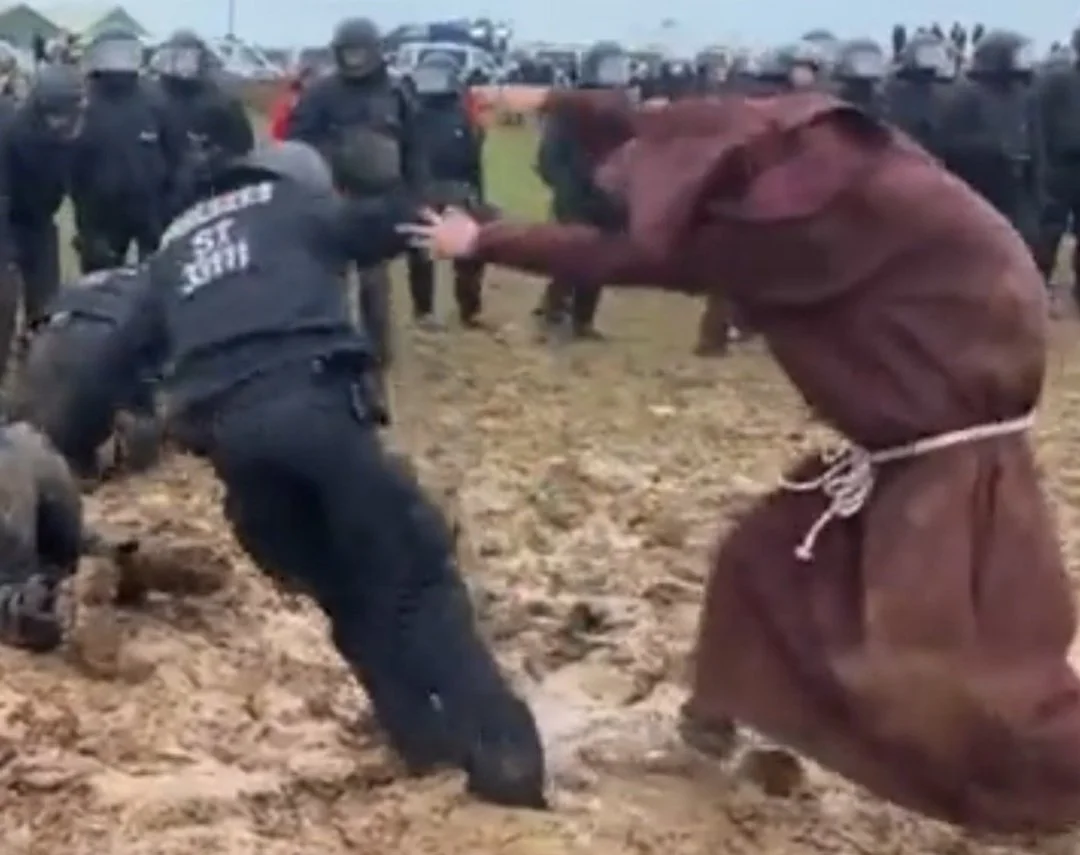If you live in any of these areas, stay safe and healthy and remember to look out for your friends and neighbours who might be vulnerable.
edit: thanks for the correction Deme.
edit2: the temperatures were in Fahrenheit, I guess I switched to Celcius and took the screenshot before the change had loaded. The website seems to reeeeeally struggle with switching units, so I’m going to leave it in (properly marked) Fahrenheit. I don’t know, I thought the National Weather Service was going straight to the source, but their website is really shit.


@0101010001110100 Thanks for the warning! FYI, wet bulb *globe* temperatures (which this map reports) aren’t the same thing as wet bulb temperatures.
When you hear about certain wet bulb temperatures being unsurvivable, the assumption is one has already found shade and that is the wet bulb temperature out of direct sunlight. Or put another way, those fatality limits are if the wet bulb temperature in shade is over a threshold, then it’s fatal.
Wet-bulb *globe* temperatures are slightly different: they’re the weather forecast in direct sunlight. Moving to shade helps get you into a lower wet-bulb temperature.
So this is Bad, but it’s not *quite* as catastrophic as it sounds like.
Is there a site that shows actual wet bulb risk forecasts globally based on accumulated weather data sets? I’m guessing this will become more and more relevant, especially around the equator.
@DarkThoughts
I haven’t found one.
@0101010001110100
Windy.com is a great site and has a layer for forecasted WBT.
Link to the layer